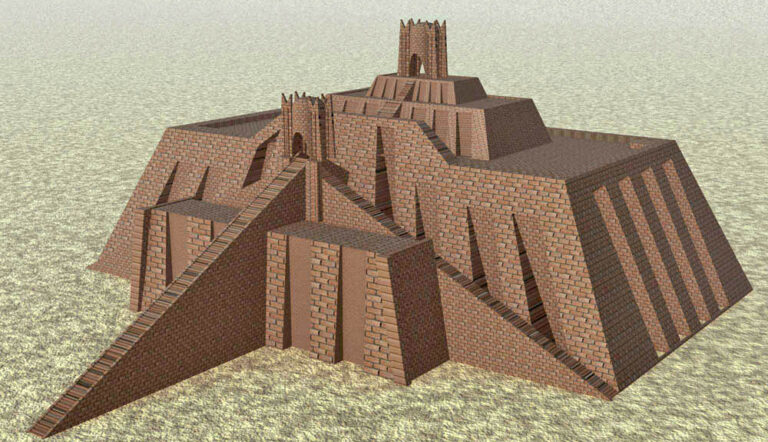30 Phil, Chapter 2: Shuruppak and Paternal Wisdom
Sumerian civilization consisted of over 30 city-states, among which Ur and Shuruppak were among the more prominent. We know about King Shuruppak from the Sumerian King List, an ancient text where he appears as the last king before a great flood. Although the list mixes historical kings with mythical figures, it places him at about 2600 BCE. King Shuruppak, circa 2625 BCE to 2550 BCE. Author of the “Instructions of Shuruppak.” It comes to us from around 2600 BCE, perhaps a century or so after the time of Gilgamesh. It is one of the oldest surviving works of literature in the world. This fatherly advice provides valuable insights into his views, and a glimpse into Sumerian philosophy, which is why he’s the first philosopher, the first chapter anchor, of “30 Philosophers.”
My favorite sayings:
- Be loyal and faithful to your friends, they are a source of support.
- Do not cheat or deceive others, for it is a breach of trust.
- Do not be envious of others, for it leads to bitterness.
- Be diligent in your work, for it brings success.
- You should not pass judgment when you drink beer.
Pictured is the Ziggurat of Ur, about 70 miles from Shuruppak. The city of Shuruppak had a similar one.











